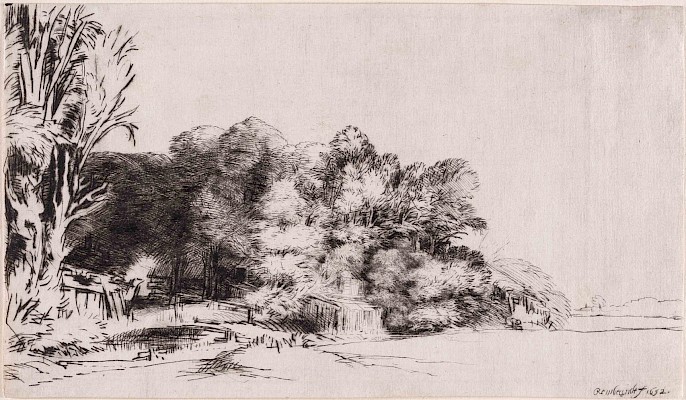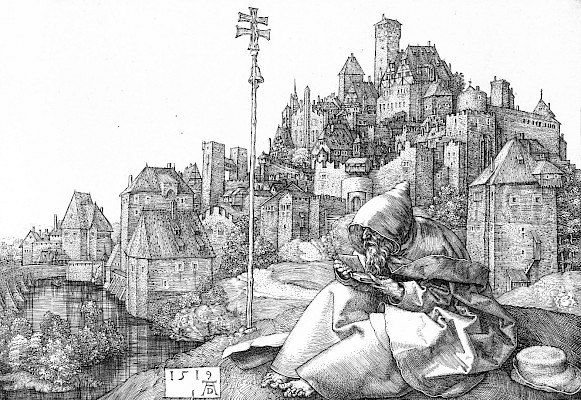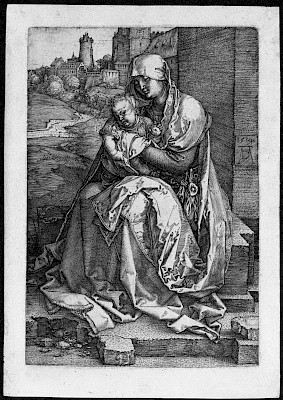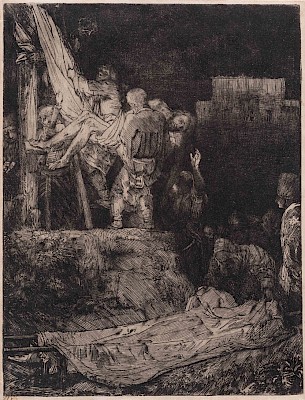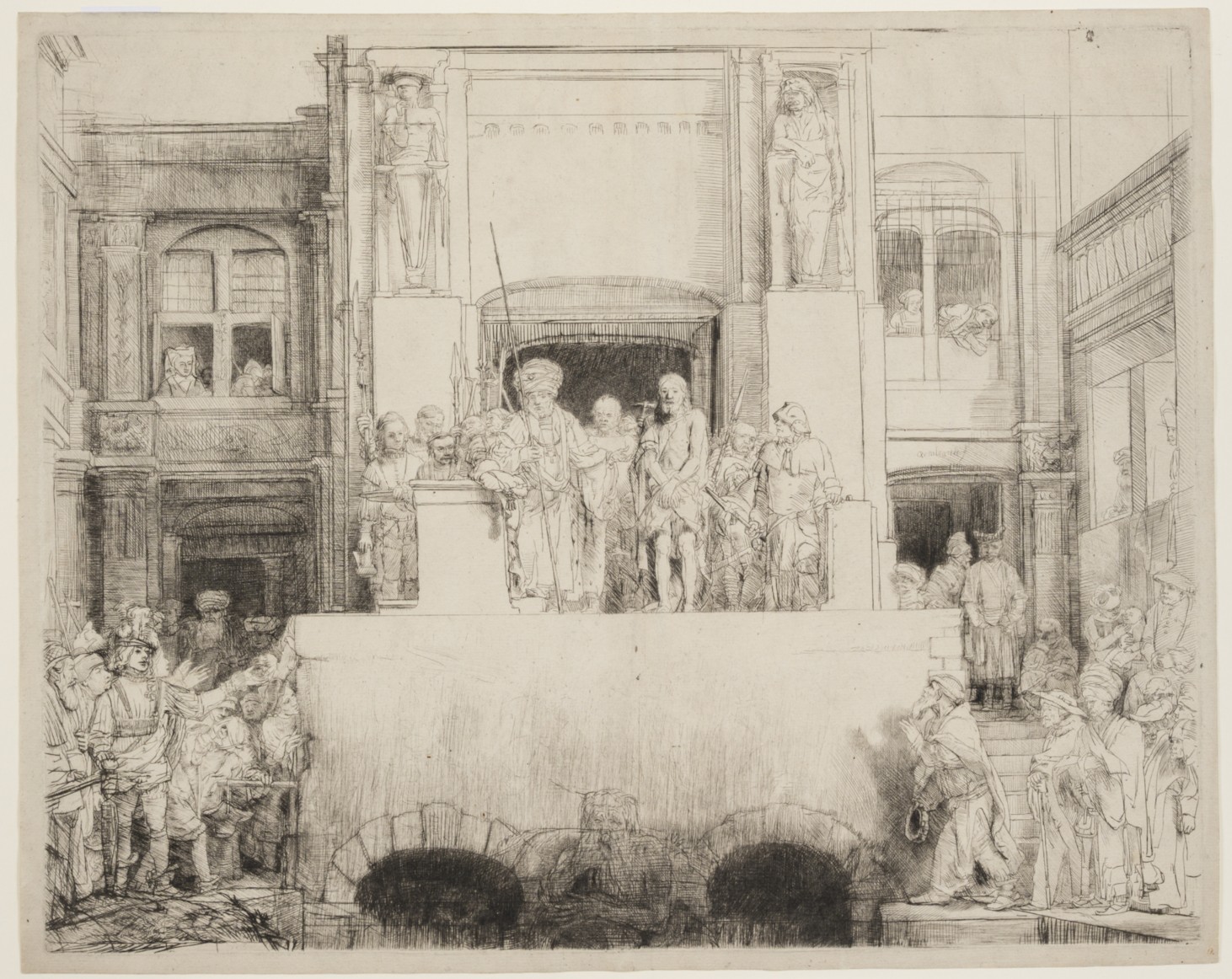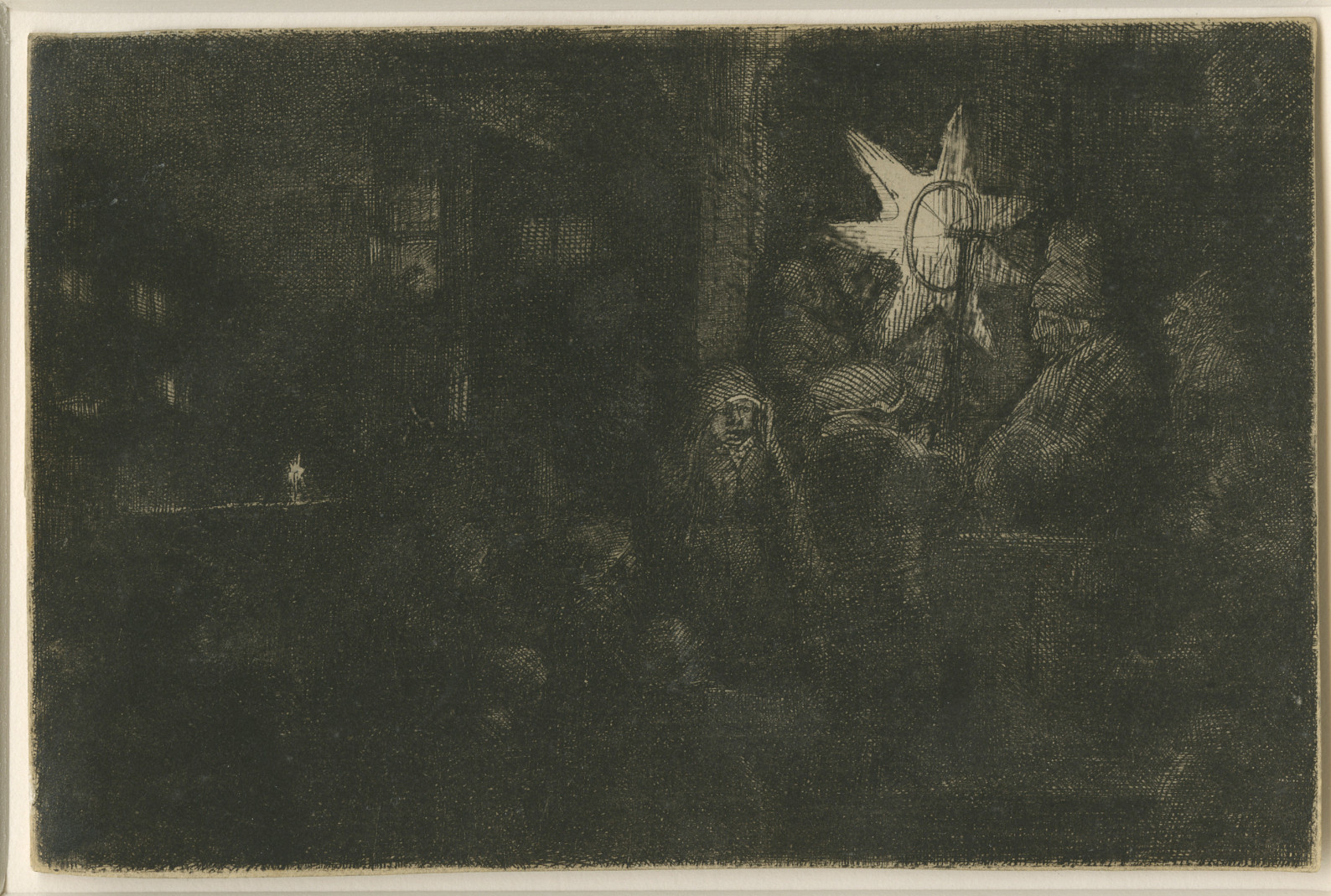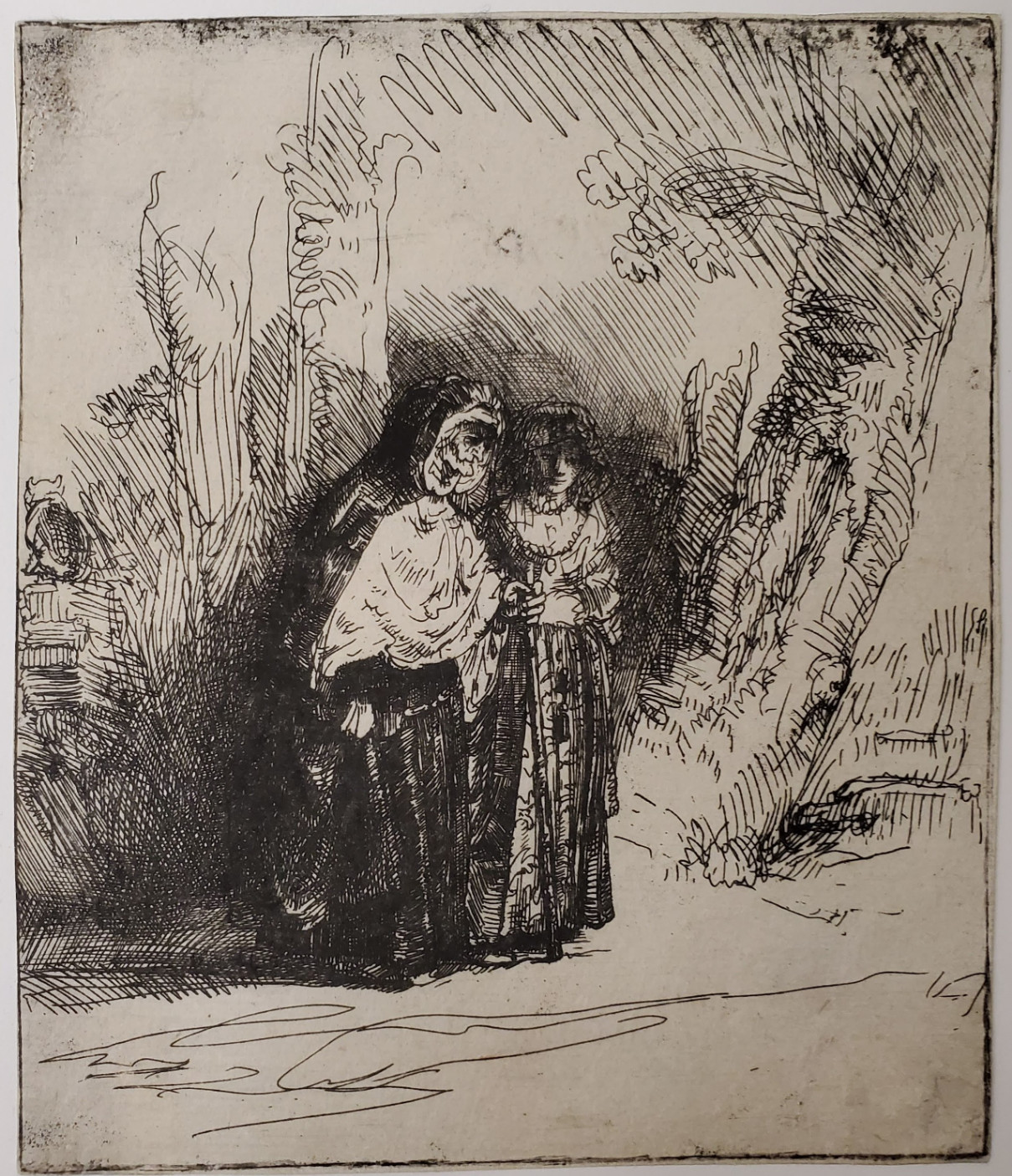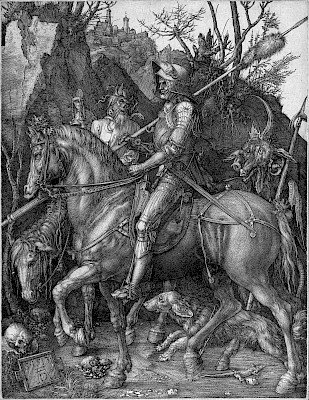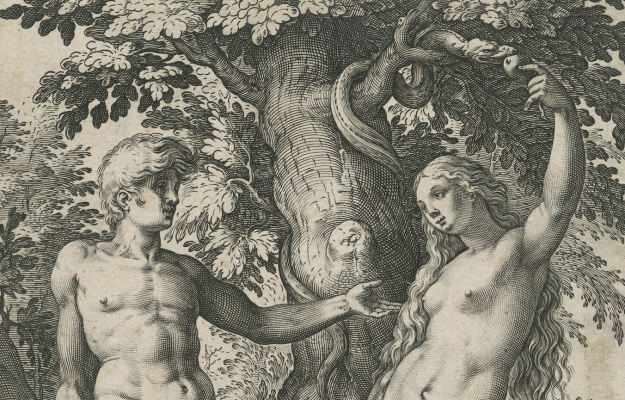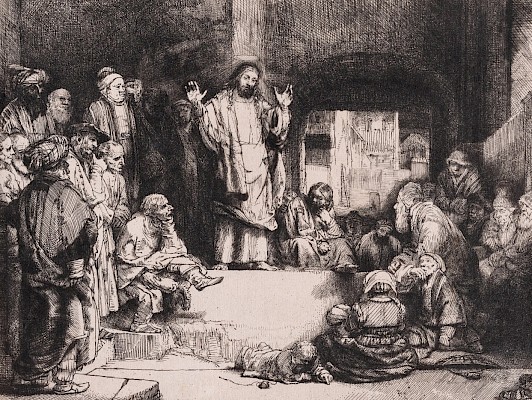
Fonds des estampes du Professeur Decker
Albrecht Dürer (1471–1528), Saint Jérôme dans sa cellule, 1514, burin. Cabinet cantonal des estampes, Fonds des estampes du Professeur Decker, Musée Jenisch Vevey
Pierre Decker (1892–1967) assembled an exceptional collection of prints by Albrecht Dürer and Rembrandt van Rijn. As a professor of surgical clinic and dean of the Faculty of Medicine at the University of Lausanne, Pierre Decker influenced several generations of doctors. Alongside his medical reputation, he began building a remarkable print collection from 1946 onwards. He focused on the two most illustrious painter-engravers of all time, collecting high-quality impressions that reflect his taste for excellence and a certain formal beauty.
I wanted […] to bring together some of the beautiful prints by the two greatest engravers of the West, so different from each other. […] Completely free from the spirit of the collector who delights only in the rarity of a piece, I sought only beautiful or interesting subjects. It was purely an aesthetic or historical concern that guided me. – Pierre Decker, 1966
From Dürer, Pierre Decker primarily collected intaglio works – burin and etchings. From Rembrandt, he favored biblical themes from the 1650s and particularly appreciated subjects that showed the etcher’s dramatic imagination. The Decker collection was bequeathed to the Faculty of Medicine in Lausanne in 1967 and has been deposited at the Cabinet cantonal des estampes in Vevey since 1988. A management committee oversees this collection and acquires works over the years in keeping with Pierre Decker’s spirit.
President: Pierre Vaugt
Members: Nathalie Chaix, Aline Delacrétaz, Anne Deltour, Michel Glauser, Manuel Pascual, Bernard Rossier, Jean-Daniel Tissot, Nathalie Strasser
Publications (Selection)
Pierre Decker, médecin et collectionneur
Authors: Gilles Monney, Camille Noverraz, Vincent Barras
With a foreword by Bernard Rossier
Edition BHMS, Lausanne, 240 pages, 2021
CHF 45.–
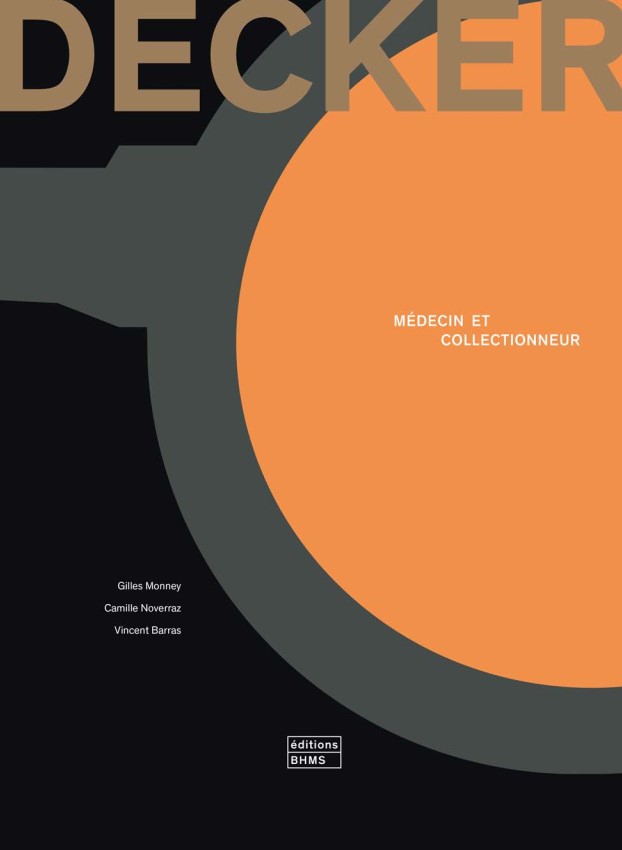
La Passion Dürer
Author: Laurence Schmidlin
Edition 5 Continents and Musée Jenisch Vevey, 622 pages, 2014

Rembrandt - Les collections du Cabinet cantonal des estampes de Vevey
Authors: Nicole Minder (ed.), Florian Rodari, William Cuendet, Erik Hinterding, Eric Gillis
Fonds Pierre Decker and Cabinet cantonal des estampes, Musée Jenisch Vevey, 240 pages, 1997
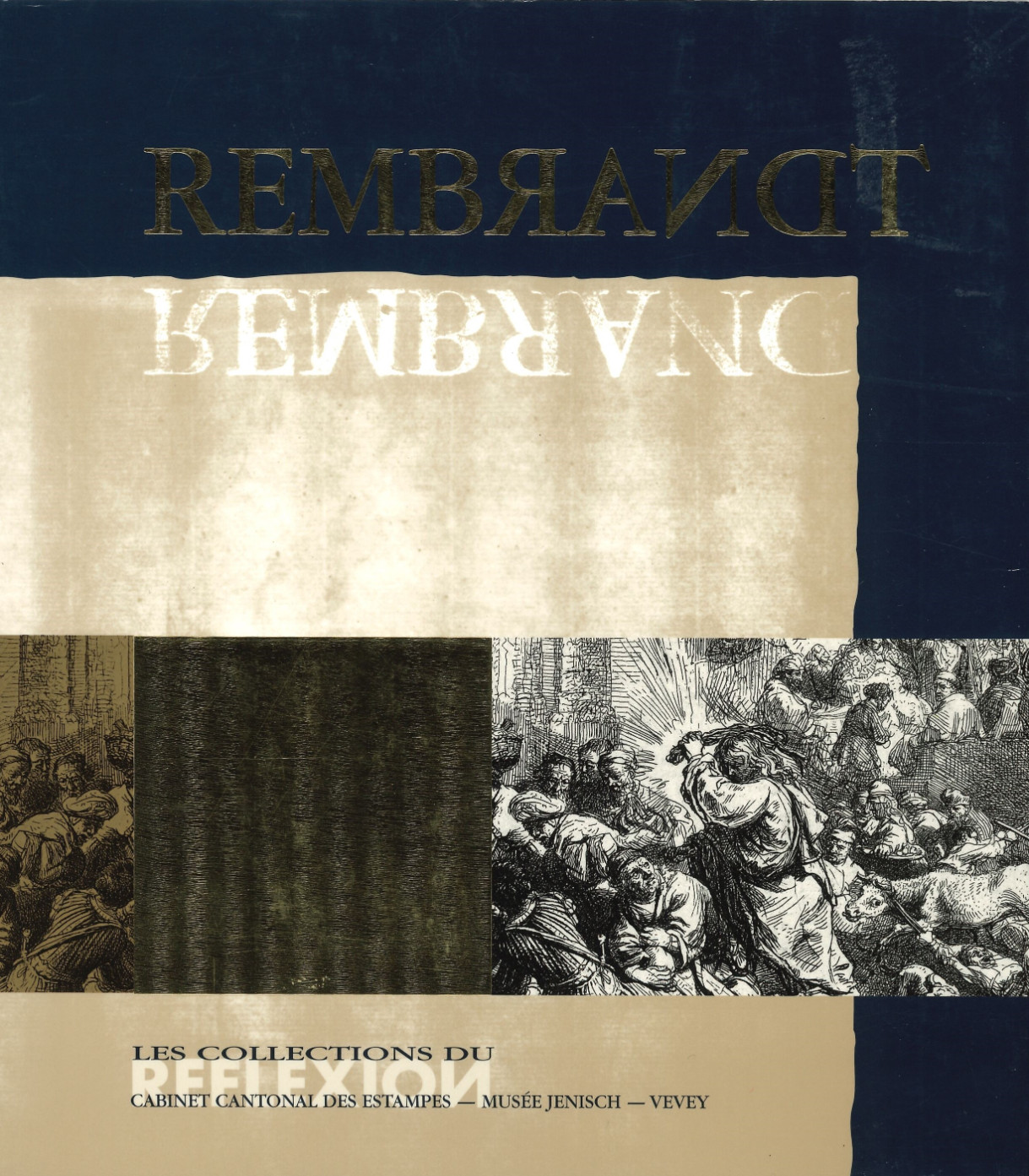
Gravures de Dürer & Rembrandt - Collection Pierre Decker
Authors: Nicole Minder, with a text by André Kuenzi
Cabinet cantonal des estampes, Musée Jenisch Vevey, 130 pages, 1991
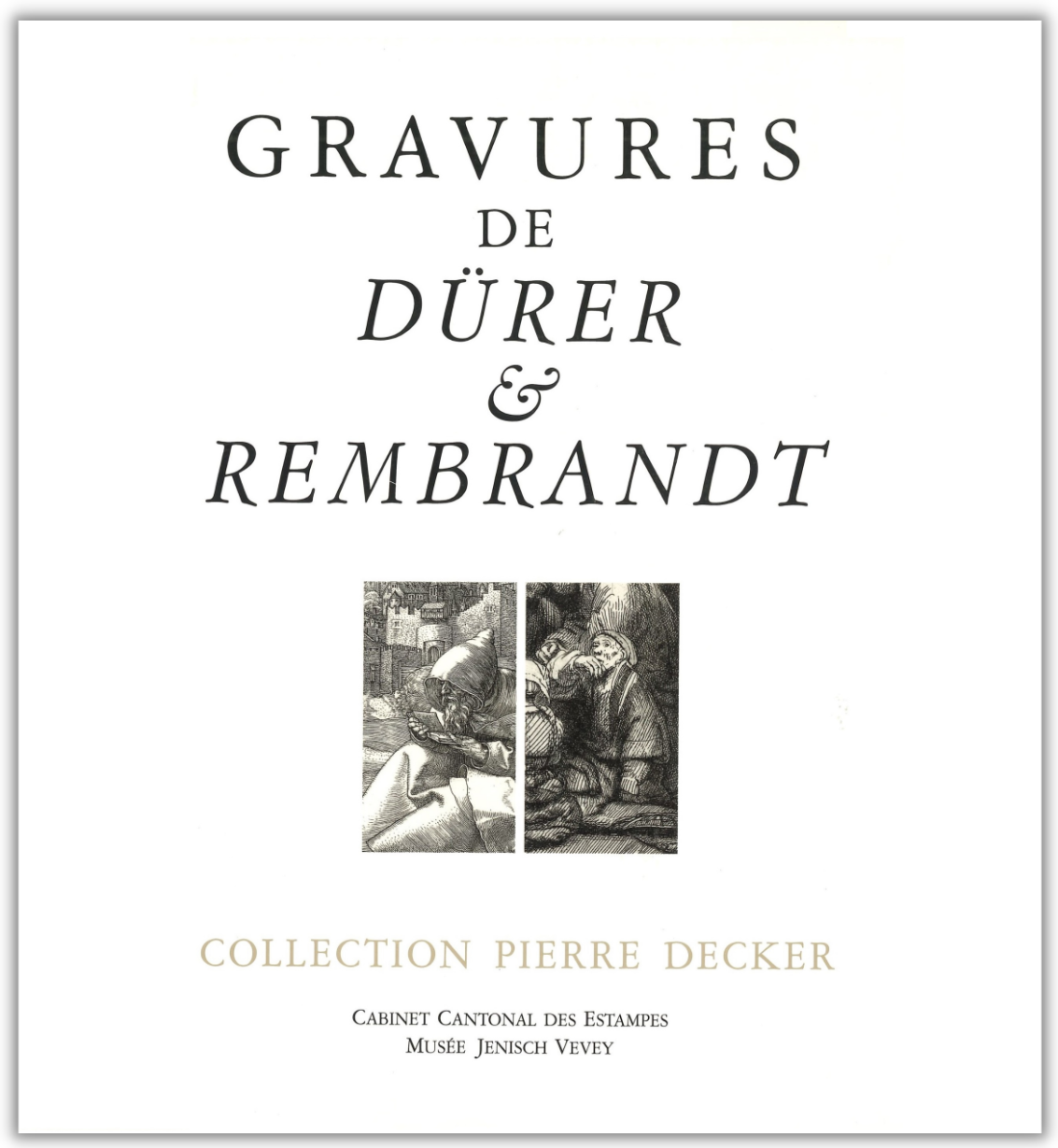
Acquisitions
Paysage au dessinateur
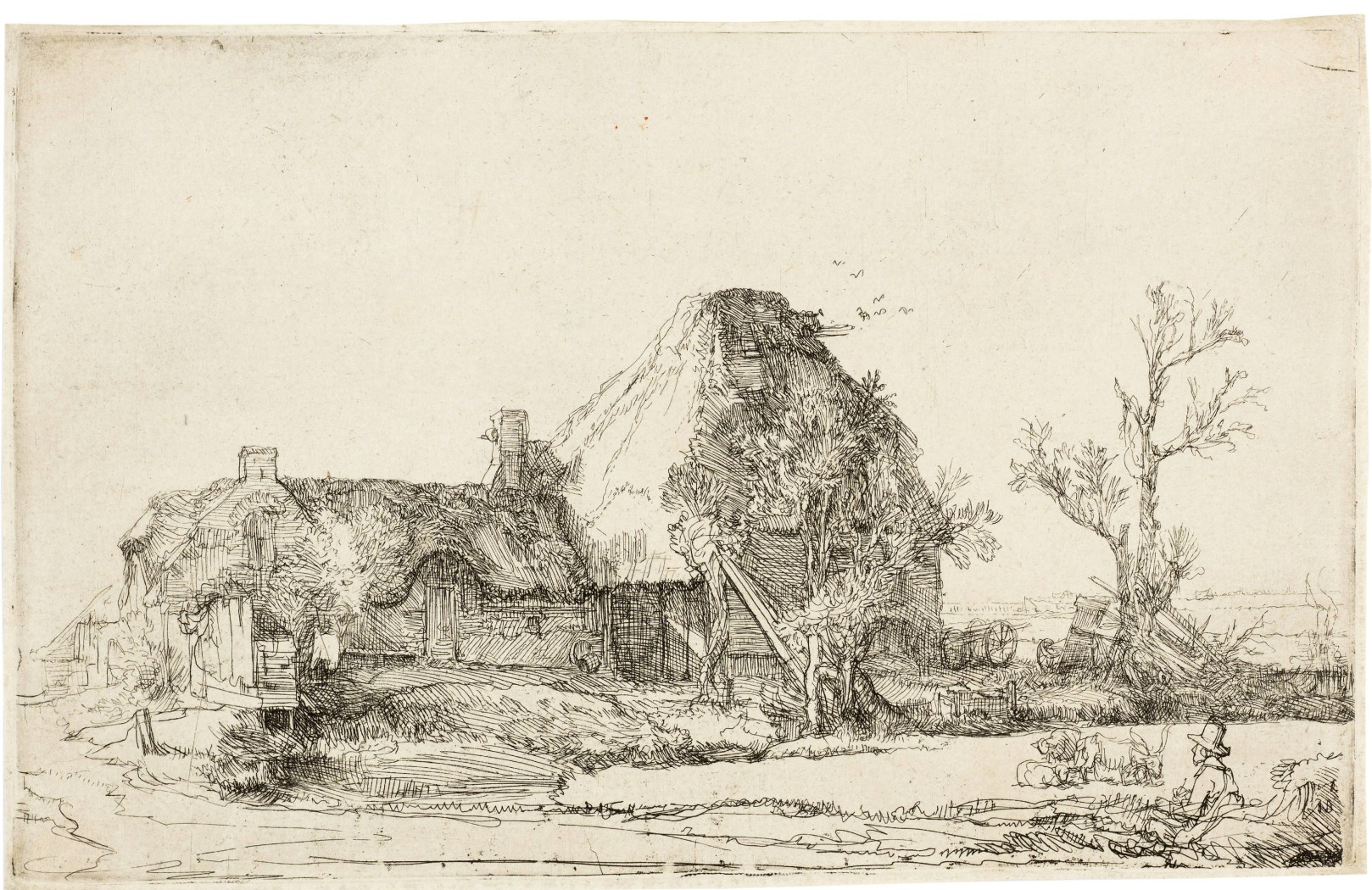
Ecce Homo
L’Etoile des Rois. Pièce de nuit
This print illustrates an old custom in the Netherlands associated with the journey of the Rois mages following the star of Bethléem, which announces the birth of Christ. In early January, during Epiphany, Rembrandt’s contemporaries would go from one house to another at night, carrying a star-shaped lantern, to sing and collect gifts or money. This theme had already been used by Rembrandt in a drawing made a few years earlier (British Museum, inv. no. 1910,0212.189), itself probably inspired by a 1630 engraving by Jan van de Velde after Pieter Molijn (National Gallery of Washington, inv. no. 1996.112.2).
La Petite Bohémienne espagnole
The subject of this print comes from La Petite Gitane, a novella by Miguel de Cervantès published in Madrid in 1613. Rembrandt illustrated the Dutch adaptation of this story, which was published in 1643 and performed in Amsterdam theaters until 1750. The tale was already known in the Netherlands as early as the 1630s: the painter Jan Lievens had relied on a French translation to depict the seer gypsy woman.
Cervantès recounts the story of Preciosa, who was abducted as a child by an old gypsy woman to join her troupe. She is presented as the woman’s granddaughter, is taught dance and singing, and performs successfully throughout Spain. The print depicts the moment when Preciosa questions the old woman about the customs of the gypsies. The two figures are contrasted: the young one dressed in a noble costume, the older one leaning on a staff and wearing worn clothing. Rembrandt thus presents an image of the transmission of ancient knowledge.
This copy was loaned for the exhibition Dürer et Rembrandt - La collection Pierre Decker. It meets the quality criteria defined by the collector Pierre Decker (1892–1967): in very good condition, it features deep, intense blacks and has a prestigious provenance. A collector’s mark on the reverse notably indicates that it once belonged to the princes of Liechtenstein.
During his lifetime, Pierre Decker never managed to acquire a proof of La Petite Bohémienne espagnole, as this print rarely comes up for sale. It therefore appears on the list of works he was still seeking in a letter to an unknown recipient in February 1967. Today, only about fifteen impressions are known. While waiting to acquire an original-period impression, the Commission Decker had received a heliogravure reproduction by Charles Amand-Durand (1831–1905), preserved for documentation purposes.
Following the exhibition Dürer and Rembrandt – The Pierre Decker Collection, the Commission Decker was able to acquire the impression presented on that occasion.
Guide
Discover part of the collection’s holdings through the guide published on the occasion of the exhibition Dürer and Rembrandt. The Pierre Decker Collection.
Biographies
To learn more about the main artists featured in Professor Decker’s print collection, we offer two biographies available for free download.
Gallery
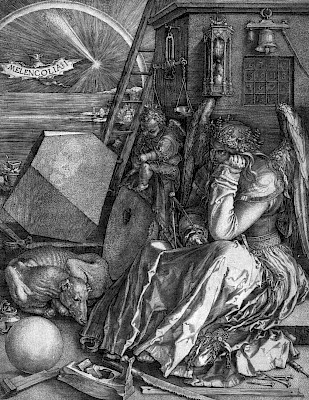
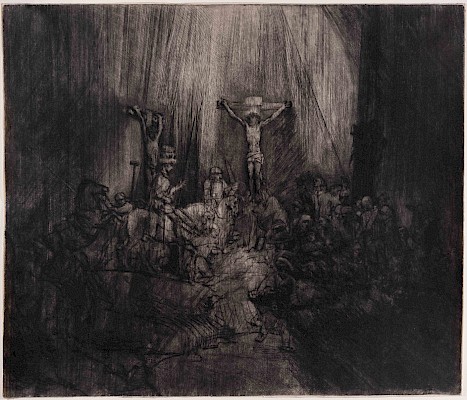
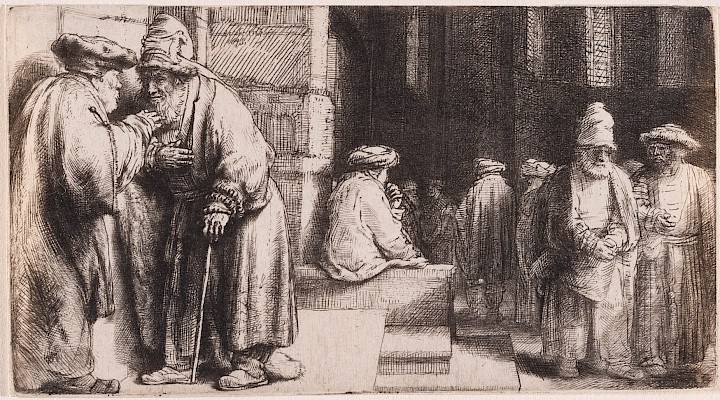
![Albrecht Dürer (Nuremberg 1471 - 1528 Nuremberg), Le Cuisinier et sa femme,
[vers 1496], burin sur papier vergé. Cabinet cantonal des estampes, Fonds des
estampes du Professeur Decker, Musée Jenisch Vevey](https://museejenisch.ch/api/site/assets/files/5407/durer---dk-004---hd.0x400.jpg)
